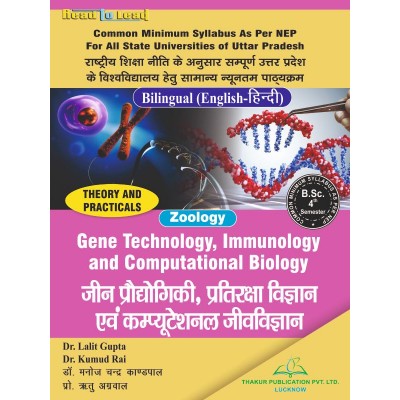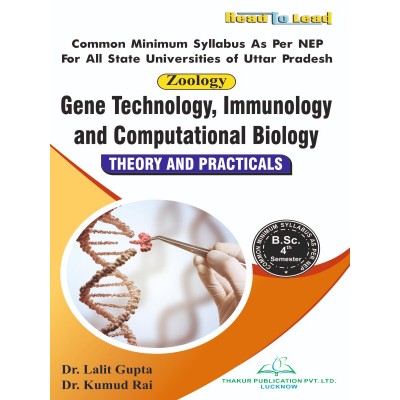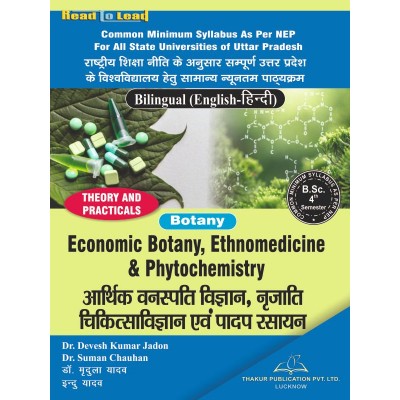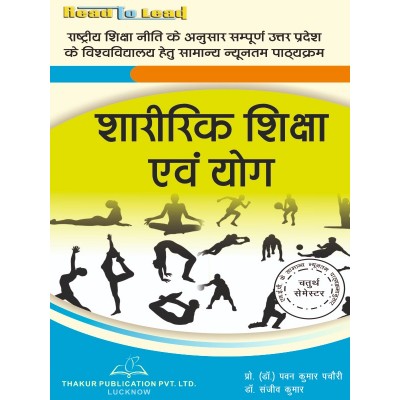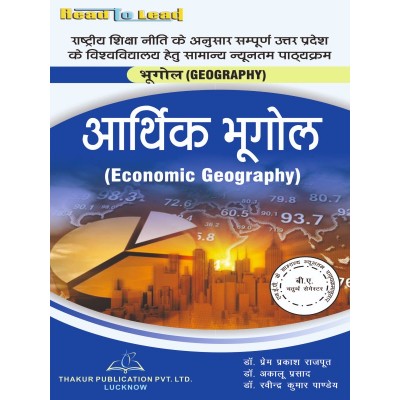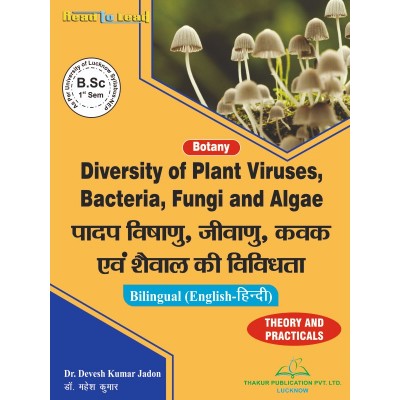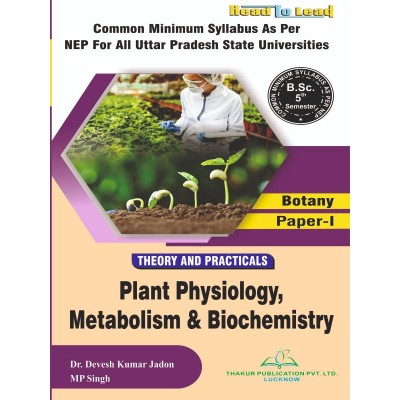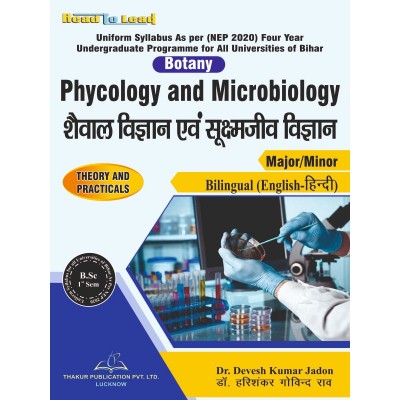Categories
- Pharmacy
-
Nursing
-
MBA
-
BBA
- U.P. State University
- Veer Bahadur Singh Purvanchal University, Jaunpur
- Chaudhary Charan Singh University, Meerut
- Dr. Bhimrao Ambedkar University, Agra
- Chhatrapati Shahu Ji Maharaj University, Kanpur
- Mahatma Jyotiba Phule Rohilkhand University, Bareilly
- Mahatma Gandhi Kashi Vidyapith, Varanasi
- Dr. Ram Manohar Lohia Avadh University, Ayodhya
- Deen Dayal Upadhyaya Gorakhpur University
- Prof. Rajendra Singh (Rajju Bhaiya) University, Prayagraj
-
BCA
- UP State Universities
- University of Pune
- I.K.Gujral Punjab Technical University (PTU)
- University of Rajasthan
- Rashtrasant Tukadoji Maharaj Nagpur University
- Uttar Pradesh NEP2020
- University of Rajasthan ,Jaipur (According to NEP-2020)
- BCCA (B. Com - Computer Science)
- Haryana
- West Bengal
- BBA (CA)
- PUNE BCA (Sci,Commerce)/B.Com (CA)
- Dr. A. P. J. Abdul Kalam Technical University, Lucknow ( AKTU )
- MCA
-
B Ed
- Lucknow University B.Ed Books
- Chaudhary Charan Singh University/Maa Shakambhari University, Saharanpur
- Dr Bhim Rao Ambedkar University, Agra
- Mahatma Gandhi Kashi Vidyapeeth, Varanasi
- Chhatrapati Shahu Ji Maharaj University
- Prof. Rajendra Singh (Rajju Bhaiya) University, Prayagraj (PRSU)
- Mahatma Jyotiba Phule Rohilkhand University(Mjpru), Bareilly
- Dr. Ram Manohar Lohia Avadh University, Ayodhya
- Bundelkhand University, Jhansi
- B.A,B.ed
- B.Sc, B.ed
- Deen Dayal Upadhyaya Gorakhpur University
- Veer Bahadur Purvanchal University (VBPU)
- Maharaja Suhel Dev State University ,Azamgarh (MSDSU)
- Raja Mahendra Pratap Singh State University, Aligarh (RMPSSU)
- Barkatullah Vishwavidyalaya (Bhopal)
- Jiwaji University (Gwalior)
- Vikram University (Ujjain)
- Dr. Harisingh Gour University (Sagar)
- Devi Ahilya Vishwavidyalaya (Indore)
- Rani Durgavati Vishwavidyalaya (Jabalpur)
- Awadhesh Pratap Singh University (Rewa)
- Maharaja Chhatrasal Bundelkhand University (Chhatarpur)
- D. EL. ED
- TET
-
B Com
-
B Sc
- B.Sc. U.P. State Universities Common Syllabus NEP
- Veer Bahadur Singh Purvanchal University, Jaunpur
- University of Lucknow
- Chaudhary Charan Singh University, Meerut
- Madhya Pradesh
- Chhatrapati Shahu Ji Maharaj University, Kanpur
- Dr. Bhimrao Ambedkar University, Agra
- Mahatma Gandhi Kashi Vidyapith, Varanasi
- DEEN DAYAL UPADHYAYA GORAKHPUR UNIVERSITY
- Prof. Rajendra Singh (Rajju Bhaiya) University, Prayagraj
- Dr. Ram Manohar Lohia Avadh University, Ayodhya
- Mahatma Jyotiba Phule Rohilkhand University, Bareilly
- Uttarakhand State Universities
- B.Sc. Bihar Universities Common Syllabus NEP
- University of Rajasthan (Jaipur)
- Haryana
-
Bachelor of Arts [B.A.]
- B.A. Of U.P. State Universities Common Syllabus NEP
- Veer Bahadur Singh Purvanchal University, Jaunpur
- University of Lucknow
- Chaudhary Charan Singh University, Meerut
- Chhatrapati Shahu Ji Maharaj University, Kanpur
- Dr. Bhimrao Ambedkar University, Agra
- Mahatma Gandhi Kashi Vidyapith, Varanasi
- Deen Dayal Upadhyaya Gorakhpur University
- Prof. Rajendra Singh (Rajju Bhaiya) University, Prayagraj
- Dr. Ram Manohar Lohia Avadh University, Ayodhya
- Mahatma Jyotiba Phule Rohilkhand University, Bareilly
- Madhya Pradesh
- Uttarakhand
- Bihar
- University of Rajasthan (Jaipur Syllabus as Per NEP2020)
- Haryana NEP-2020
- B Tech
- LLB
- SWA Education
Botony (Economic Botany, Ethnomedicine & Phytochemistry) Book B.Sc 4th Sem
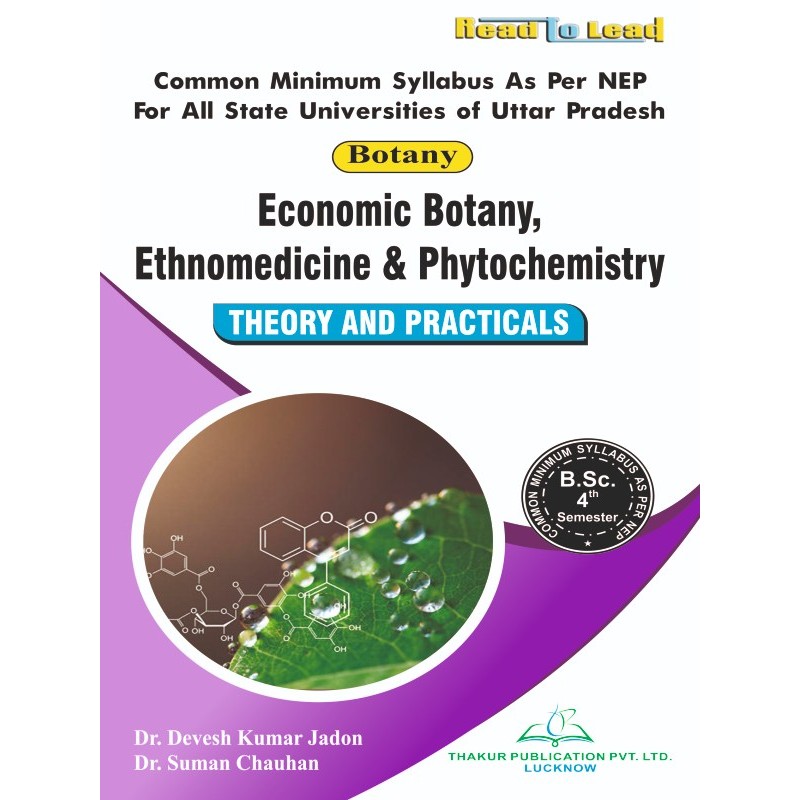
Click below to Buy E-Book Edition:
AUTHORS : Dr. Devesh Kumar Jadon , Dr. Suman Chauhan
ISBN : 9789357550376
Tax excluded
Click below to Buy E-Book Edition:
AUTHORS : Dr. Devesh Kumar Jadon , Dr. Suman Chauhan
ISBN : 9789357550376
Syllabus of UP State Universities and Colleges
Course Code: B040401T
Economic Botany, Ethnomedicine and Phytochemistry
|
Unit |
Topic |
Total No. of Lectures (60) |
|
I |
Origin and Domestication of Cultivated Plants Centers of diversity of plants, origin of crop plants. Domestication and introduction of crop plants. Concepts of sustainable development; cultivation, production and uses of Cereals, Legumes, Spices & Beverages. |
7 |
|
II |
Botany of Oils, Fibers, Timber yielding Plants & Dyes Study of the plants with Botanical names, Family, part used, and economic uses yielding Edible & essential oils; Sugar, Starch; Fibers; Paper, Fumitories & Masticatories, Rubber, Dyes, Timber, biofuel crops. |
7 |
|
III |
Commercial Production of Flowers, Vegetables, and Fruits (To be Chosen area wise) Commercial greenhouse cultivation of rose, Gerbera, Gladiolus, Anthurium/lilium/lily, tomato, bell pepper, cucumber, strawberry & Exotic leafy vegetables using Hydroponics. |
7 |
|
IV |
IPR & Traditional Knowledge IPR and WTO (TRIPS, WIPO), Patent Act 1970 and its amendments, TIFAC, NRDC, Rights, Procedure of obtaining patents, Working of patents, Infringement, Copyrights, Trademarks, Geographical Indications, Traditional Knowledge Digital Library, Protection of Traditional Knowledge & Protection of Plant Varieties and Biotech inventions. |
8 |
|
V |
Ethnobotany Methodologies of ethnobotanical research: Field work, Literature, Herbaria and Musea and other aspects of ethnobotany. Importance of ethnobotany in Indian systems of medicine (Siddha, Ayurveda and Unani), Role of AYUSH, NMPB, CI-MAP and CARI. Tribal knowledge towards disease diagnosis, treatment, medicinal plants, plant conservation and cultivation. |
8 |
|
VI |
Medicinal Aspects Study of common plants used by tribes (Aegle marmelos, Ficus religiosa, Cynodon dactylon, Eclipta alba, Oxalis, Ocimum sanctum and Trichopus zeylanicus) Ethnobotanical aspect of conservation and management of plant resources, Preservation of primeval forests in the form of sacred groves of individual species and Botanical uses depicted in our epics. Plants in primary health care: common medicinal plants: Tinospora, Acorus, Ocimum, Turmeric and Aloe. Indian Pharmacopeia, Quality Evaluation of crude drugs & adulteration |
8 |
|
VII |
Pharmacognosy Preparation of drugs for commercial market - Organoleptic evaluation of drugs – Microscopic evaluation of drugs - Physical evaluation of drugs - Active and inert constituents of drugs - Classification of drug plants - individual drugs - drug adulteration. Sources of crude drugs – roots, rhizome, bulb, corm, leaves, stems, flowers, fruits and seeds ; organoleptic study of Adhatoda vasica, Andrographis paniculata, Azadirachta indica, Coriandrum sativum, Datura metel, Eclipta alba, Emblica officinalis, Ocimum sanctum, Phyllanthus amarus, Ricinus communis, Vinca rosea and Zingiber officinale. |
8 |
|
VIII |
Herbal Preparations & Phytochemistry : Collection of wild herbs - Capsules - compresses - Elixirs - Glycerites - Hydrotherapy or Herbal bath - Herbal oils - Liquid extracts or Tincture - Poultices - Salves - Slippery elm slurry and gruel - Suppositories - Teas. Plant natural products, general detection, extraction and characterization procedures. Glycosides and Flavonoids and therapeutic applications. Anthocyanins and Coumarins and therapeutic applications, Lignans, Terpenes, Volatile oils and Saponins, Carotenoids and Alkaloids Carotenoids and pharmacological activities. |
7 |
16 other products in the same category:
ALL U.P State NEP2023 B.SC ( English) 4th Semester ( ZBC ) (3 in 1) Combo Pack
Your review appreciation cannot be sent
Report comment
Report sent
Your report cannot be sent
Write your review
Review sent
Your review cannot be sent












